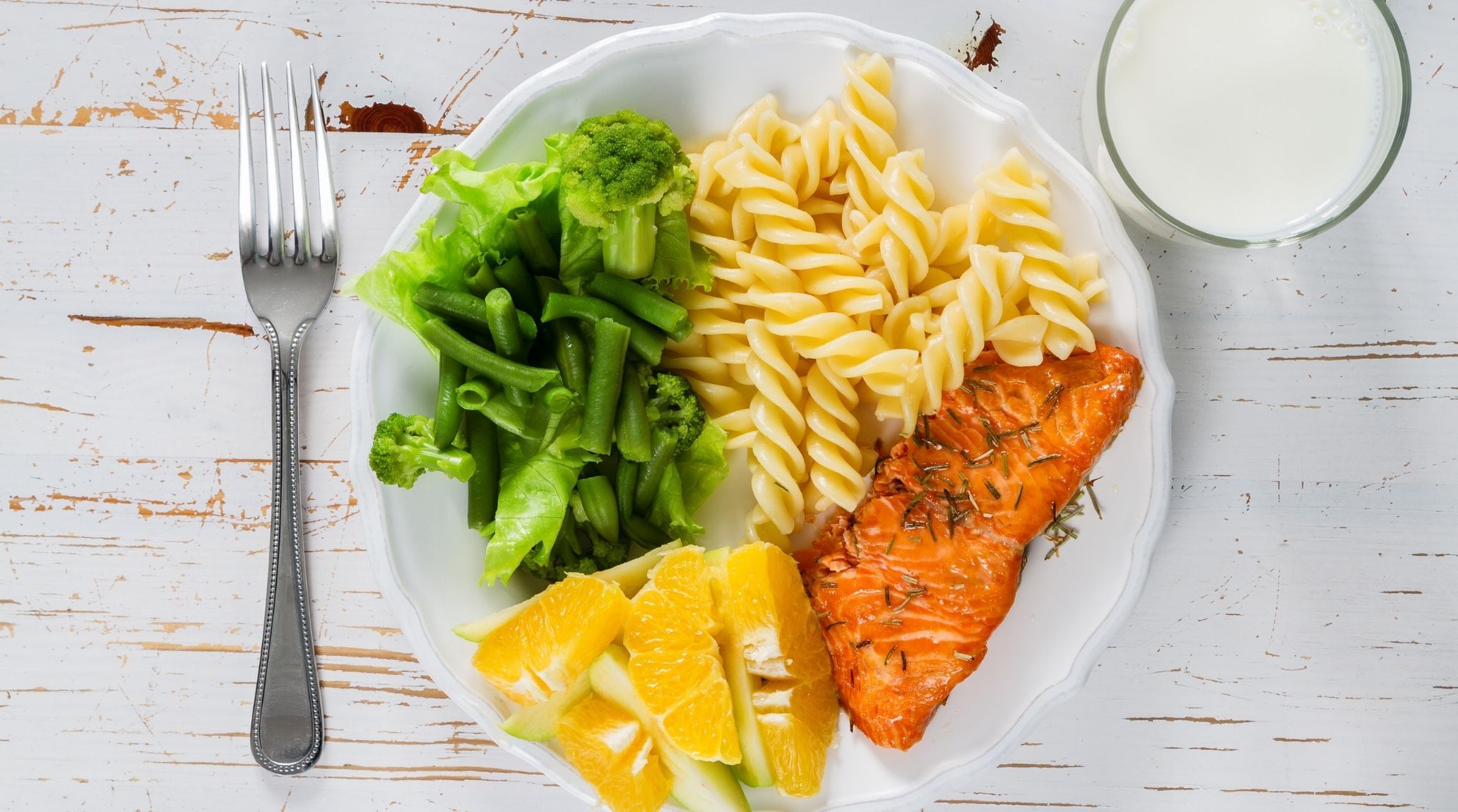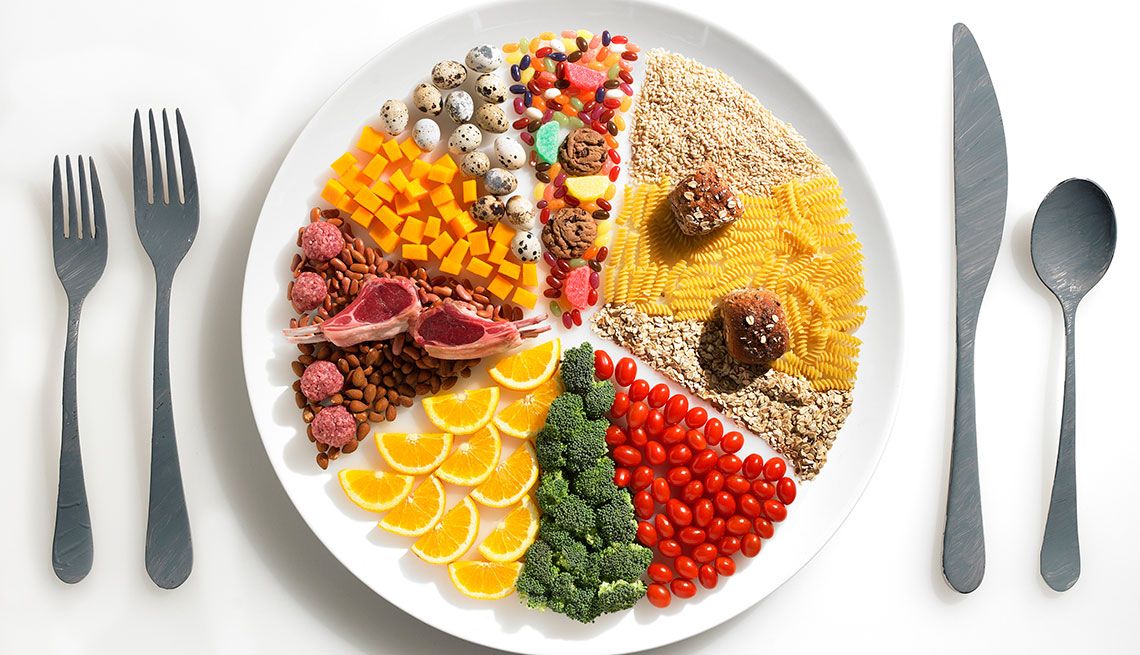
“
Portion control is essential for maintaining a healthy weight and overall well-being. Effective strategies include using smaller plates, being selective with carbohydrates, measuring portions, choosing fruit over desserts, avoiding leftovers, following the 20-minute rule, checking food labels, and being mindful of portion sizes when dining out. Lets learn 20 amazing facts about Portion Control Diet Strategies, a complete guide for curious kids.1
1
”
Practising mindful eating involves being fully present during meals, savouring each bite, and paying attention to hunger and fullness cues. This mindful approach helps you enjoy your food more, prevents mindless overeating, and fosters a healthier relationship with food.1
Use your hands as a practical guide for portion control, a serving of protein should be about the size and thickness of your palm, carbohydrates like pasta or rice should fill your cupped hand, and fats such as butter or oils should be equivalent to the size of your thumb tip. 2
Research indicates that using smaller plates tricks your brain into perceiving larger portions, promoting feelings of satisfaction with less food. By downsizing your dinnerware, you can naturally reduce portion sizes and support weight management goals without feeling deprived. 3
Eating without distractions allows you to focus on the sensory experience of your meal, including flavors, textures, and satiety signals from your body. By turning off screens and setting aside work, you can better gauge hunger levels and prevent overeating. 4

Imagine your plate as a pie chart, half should be filled with colourful fruits and vegetables rich in vitamins and minerals, one quarter with lean proteins like chicken or tofu for muscle repair, and the remaining quarter with whole grains or starchy vegetables such as brown rice or sweet potatoes.
Pre-portioning snacks into smaller containers or bags ahead of time helps prevent mindless munching and encourages healthier choices. By preparing snack portions in advance, you can maintain control over calorie intake and support balanced eating habits throughout the day. 5
Chewing food thoroughly aids digestion and allows your body more time to register feelings of fullness. By slowing down your eating pace, you can enjoy meals more fully, prevent overeating, and improve nutrient absorption for better overall health. 6
Drinking a glass of water before meals helps curb appetite and prevents overeating by promoting feelings of fullness. Staying hydrated throughout the day supports optimal bodily functions and assists in maintaining a healthy weight by reducing the likelihood of consuming excess calories. 7
Incorporating fiber-rich foods such as fresh fruits, vegetables, and whole grains into your diet promotes satiety and aids in digestion. By choosing fiber-packed options, you can feel fuller for longer periods, reduce cravings, and support overall digestive health. 8
Establishing consistent meal times helps regulate appetite and prevents overeating later in the day. By spacing meals evenly and incorporating healthy snacks, you can stabilize blood sugar levels, maintain energy levels, and support effective portion control throughout the day. 9
Planning meals in advance allows you to make intentional food choices and control portion sizes more effectively. By preparing nutritious meals ahead of time, you can avoid compulsive eating decisions, save time, and promote healthier eating habits for long-term wellness. 10
Utilising measuring cups and kitchen scales provides precise control over portion sizes and calorie intake. By accurately measuring ingredients, you can better manage portion sizes, track nutritional content, and make informed decisions about food choices for improved dietary balance. 11
Serving meals from the kitchen rather than at the table reduces the temptation for second helpings and promotes portion control. By portioning out meals before sitting down, you can avoid overeating, better gauge portion sizes, and support weight management goals. 12
Saving leftover portions for future meals reduces food waste and prevents overeating in a single sitting. By storing extra food for later consumption, you can maintain portion control, enjoy balanced meals, and simplify meal preparation throughout the week. 13
Including a variety of macronutrients such as carbohydrates, proteins, and healthy fats in each meal promotes satiety and supports overall nutritional needs. By creating balanced meals, you can stabilize energy levels, curb cravings, and maintain optimal health and well-being. 14
Familiarizing yourself with recommended serving sizes for different food groups enhances portion control and promotes balanced eating habits. By learning appropriate portion sizes, you can make informed dietary choices, manage calorie intake, and achieve nutritional goals more effectively. 15
When dining out, opting for smaller portion sizes, sharing meals, or requesting a take-home container for leftovers can prevent overeating. By making mindful choices at restaurants, you can enjoy meals in moderation, control calorie intake, and support healthy eating habits. 16
Tuning into hunger and fullness cues allows you to eat intuitively and avoid overeating. By honoring your body's signals, you can cultivate a healthier relationship with food, support natural appetite regulation, and maintain a balanced diet without strict dietary restrictions. 17
Making substitutions for healthier alternatives, such as using Greek yogurt instead of sour cream or opting for whole fruits instead of sugary juices, reduces calorie intake and promotes balanced nutrition. 18
Using portion control plates, bowls, and utensils designed to guide serving sizes promotes mindful eating habits. By utilising specialised tools, you can visualise appropriate portion sizes, regulate food intake, and foster healthier eating behaviours for sustained wellness. 19


